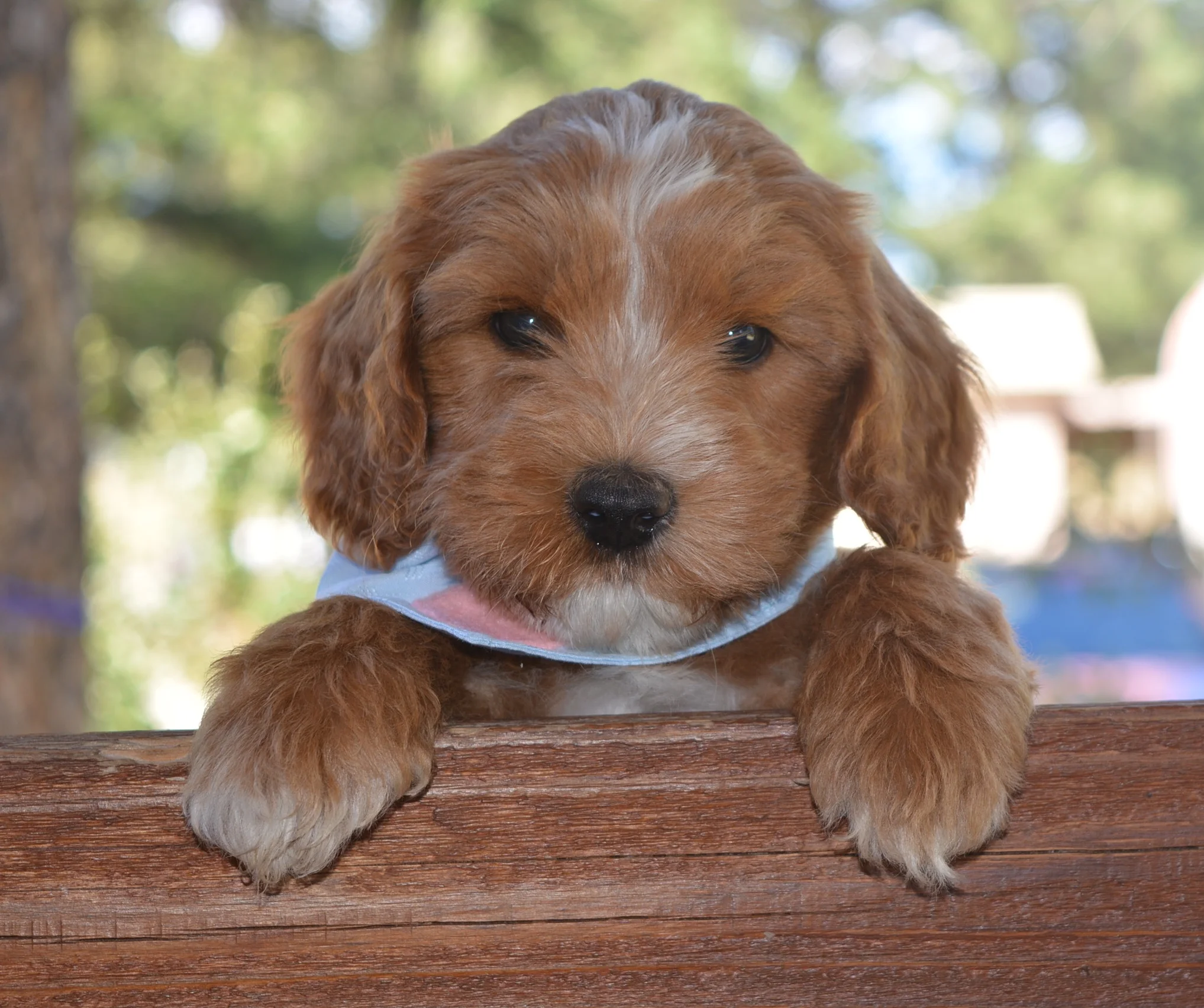Bringing home puppy
Bringing home a new puppy is so exciting! There's a lot to remember, so here are a few tips and tricks — especially for the first few weeks at home — to help you with the transition.
Congratulations, and thank you for allowing us the privilege of providing you with your four-legged family member. Our hope is that they are with you for a long time and you enjoy your time with them immensely. Always remember that a well-disciplined dog is a happy dog, so do all you can do to make this a reality. Walk him, spend time with him, make him a part of your family and yet maintain your leadership role. You and your family are the alphas of the pack, not the puppy!
Don't hesitate to email prairiedoodles@gmail.com if you have questions.
Daily schedule
Here is a suggested daily schedule for your first few weeks with your puppy. After a few days you will get into a groove and become familiar with your puppy and his/her signals.
The puppies are on TLC puppy food, and are fed breakfast, lunch and dinner with fresh water. Continue to feed them this way to help with your house training. By four to six months you may discontinue the lunch feeding and just do two 1-cup meals a day. You’ll know when the puppy is ready to transition when they are gobbling up their food quickly and still seem hungry.
As soon as your puppy wakes up in the morning, take him outside by carrying him out. If you let him run out of his kennel, he will squat to pee right away.
Bring him in to eat as soon as he has done his business outside. After he is done eating and drinking, take him out again within 15 minutes. Puppies have small bladders and digestive systems, so he will have to go again. He should poo this go-round.
Bring him in, play with him, and he will likely nap.
When he wakes up he will need to go outside again. It's much like potty-training a child; consistency is your best friend. Your puppy is very smart and will catch on quickly.
Continue the above after every meal. In the afternoon he will need to play and sleep as well.
Be sure to take take his food and water away after supper unless you've really been playing with him and he's thirsty. But he must not have food or water overnight because he will poo and pee all night long.
At Prairie Doodles, your puppy has been going to bed at around 10:30 p.m. For the first while at his new home, he will probably cry at night without his littermates, but this will pass. To help him adjust, have him beside your bed and reach down to comfort him, or put him in a different area with a blanket and stuffie toy and he will adjust to it.
You'll have an earlier day than normal for the first while, but week by week you'll begin to see a difference as your puppy adjusts to your schedule. He will eventually begin to wake when he hears you wake up.
Your house
Please don't leave your puppy alone all day long. It will not go well. If you work, you need to hire or find someone to check on the puppy once a day for the first while. You can also check into doggie daycare or hire a dog walker to break up the days.
Do not give your puppy the run of the house until he is much older. Instead, block off an area of your house for him to be in, such as your kitchen, laundry room or porch: an area that he can have accidents in.
We don't recommend putting your puppy on carpet for a long while since he will likely think it's grass and pee. If you want to take your puppy to a carpeted area to watch TV, etc., hold him or put him on a leash. This way he is beside you and you'll be able to notice him sniffing around.
When your puppy is sniffing and walking in circles, he is going to pee or poo. You'll get to know his signals very quickly. If there is an accident, don't get angry. Calmly but firmly say NO and take him outside. He needs to know you are displeased but at the same time they are a very sensitive breed of dog. They don't require strong, heavy-handed discipline but they do need firmness.
Crate training
When done correctly, crate training is a wonderful tool for house-training your puppy and keeping him safe. The crate is meant to be a helpful tool: it is NOT somewhere you should leave your puppy all day and night. Please familiarize yourself with the concept of crate training, and take great care to use the crate properly.
We begin introducing your puppy to a crate starting at five weeks old, so by the time you bring him home, he should have a good head-start with crate training.
You can put your puppy in his crate or an X-pen if you're showering or out shopping, or whenever you can't watch him closely.
Start your crate training by putting him in the crate for short five-minute periods. Set the timer and then take him out as long as he isn't crying. If he's crying, wait until he stops before letting him out.
Do this several times a day and then move it up to 15 minutes, etc. Eventually he'll become very comfortable with his little crate. Dogs are den animals, so they learn to love it. It becomes their safe space.
Make the crate a nice place to be by giving your puppy a treat or a toy when he goes inside. Every time you put him to bed say the same word, like "crate time" or "nighty-night" and eventually he will run to his crate when you say these words.
Obedience
Make a point of going to obedience classes and practicing. The puppy will love the time he gets to spend with you and all the praise he gets because you are his favourite thing in life! Australian Labradoodles are very, very intelligent and love to learn.
Puppy socialization classes are such a great asset to the training process: you get good advice on how to behave with a puppy and it lets the puppy play with other puppies, which is good for socialization.
Before going out the door of your home, always put a leash on your puppy and make him sit first before exiting or entering. "Max sit," then put the leash on, then "Max come" when you are ready. He will learn to sit before running out the door. Never let him charge out the front door without your permission. Your dog trainer can help with this as well.
A very valuable command to teach your dog is "wait." This command, taught at obedience class, will help keep your dog safe when opening car doors, on the street, etc.
STAGES OF DEVELOPMENT
Your puppy will go through different stages as he matures. To know what to expect, we recommend reading the article 'Doodle Development Periods' from the International Doodle Owners Group - IDOG.bz © 2006. Click here to download the article.
Kids
If you have kids it's VERY important that they don't roughhouse with the puppy. It's very tempting to play rough games like tug-of-war or holding up a toy teasingly and getting the puppy to chase it, etc., but this will train your puppy to play aggressively and treat your kids like littermates, which is too rough and can lead to problems when the puppy grows into an adult.
Instead, have your kids play games like fetch or hide-and-seek with him. Supervise the playtime with the puppy and if it gets too rough, immediately remove the puppy from the situation by putting him in the X-pen or the crate for some quiet time.
Teach your kids how to behave with the puppy, and how NOT to behave with the puppy.
Bringing home your puppy might feel overwhelming for the first while, but just persevere. With patience and repetition, you will be rewarded with a wonderful new family member. Being proactive and prepared is the best way to house train, and there are many resources available online to help you. Google "housetraining puppies" and lots of good information comes up.
We're always available at prairiedoodles@gmail.com if you have questions.

